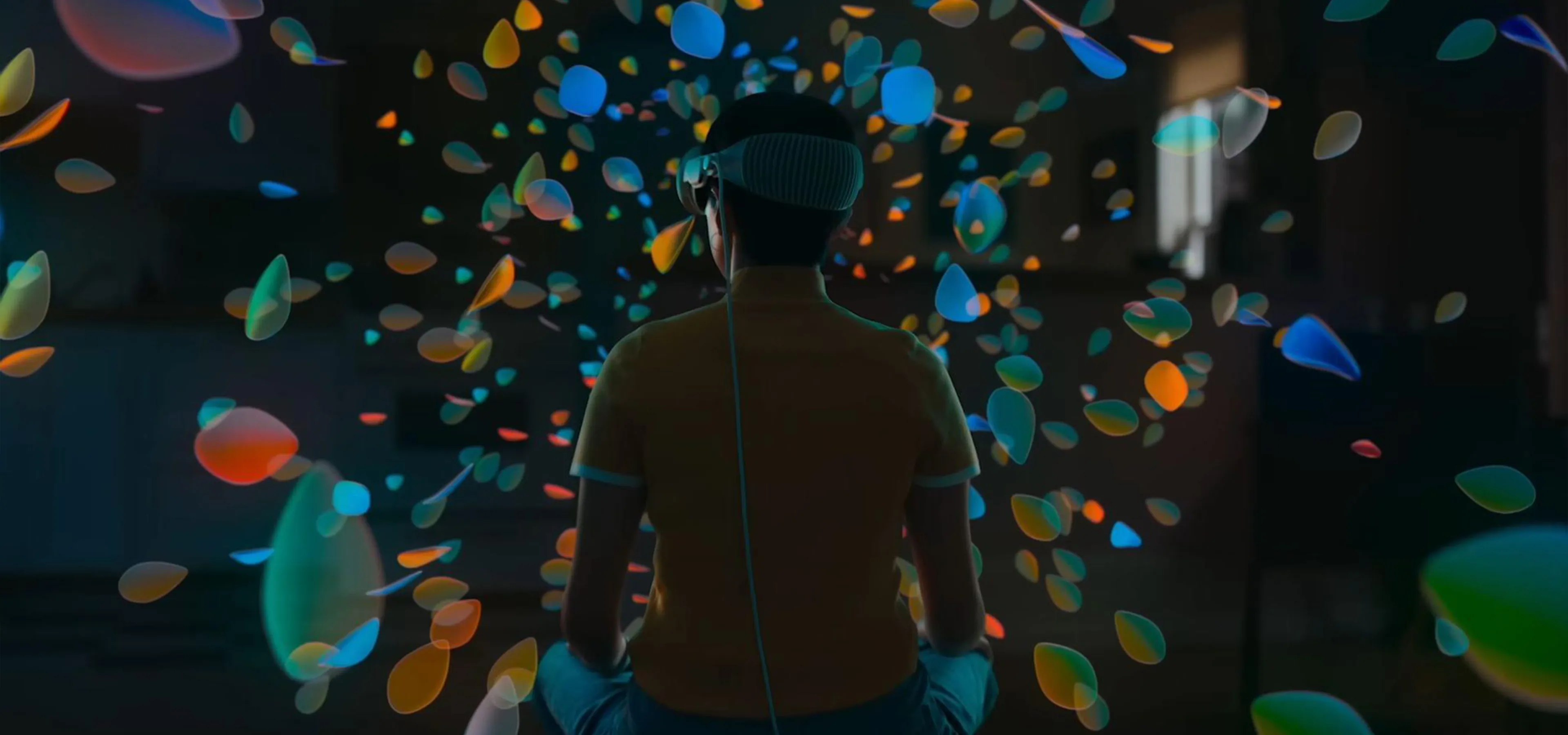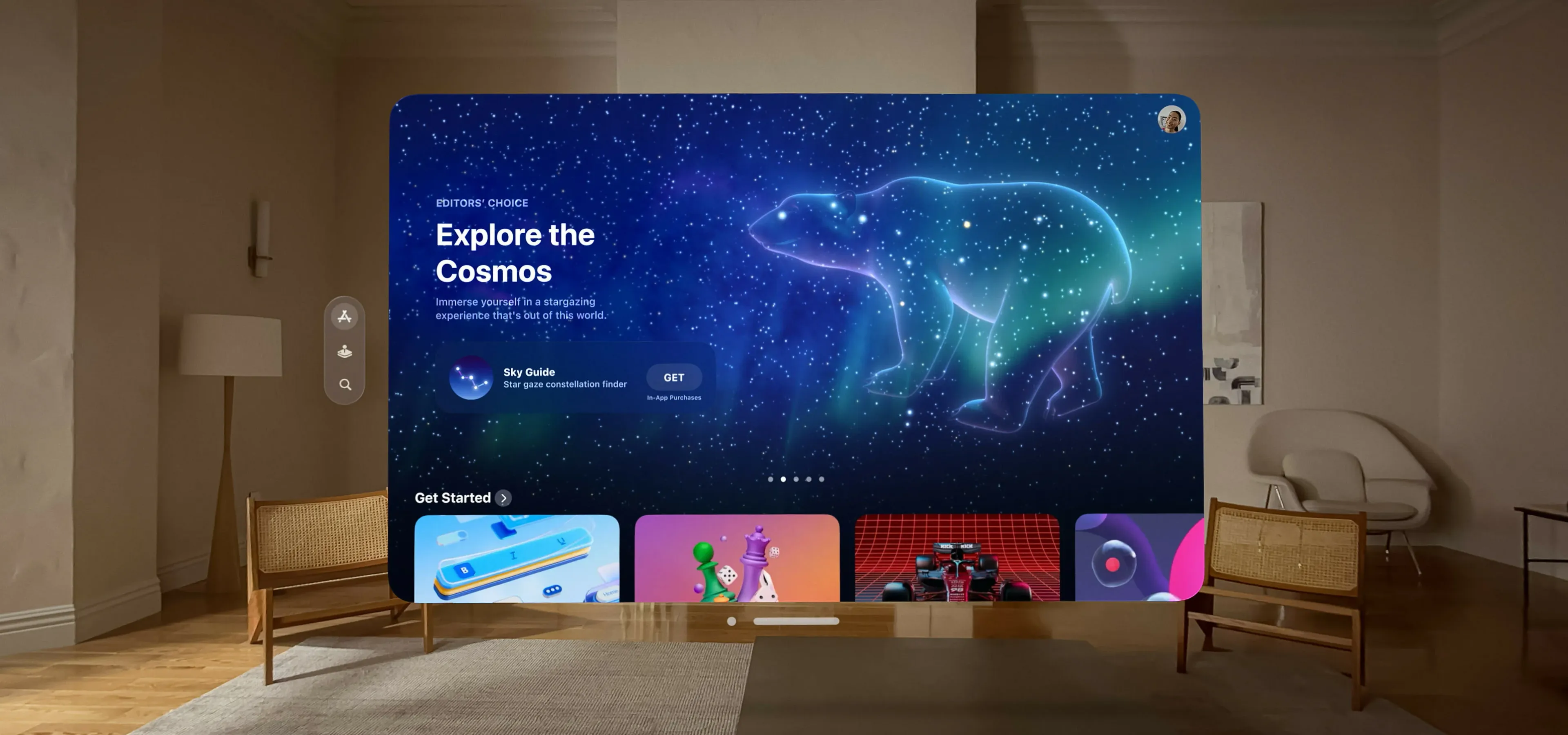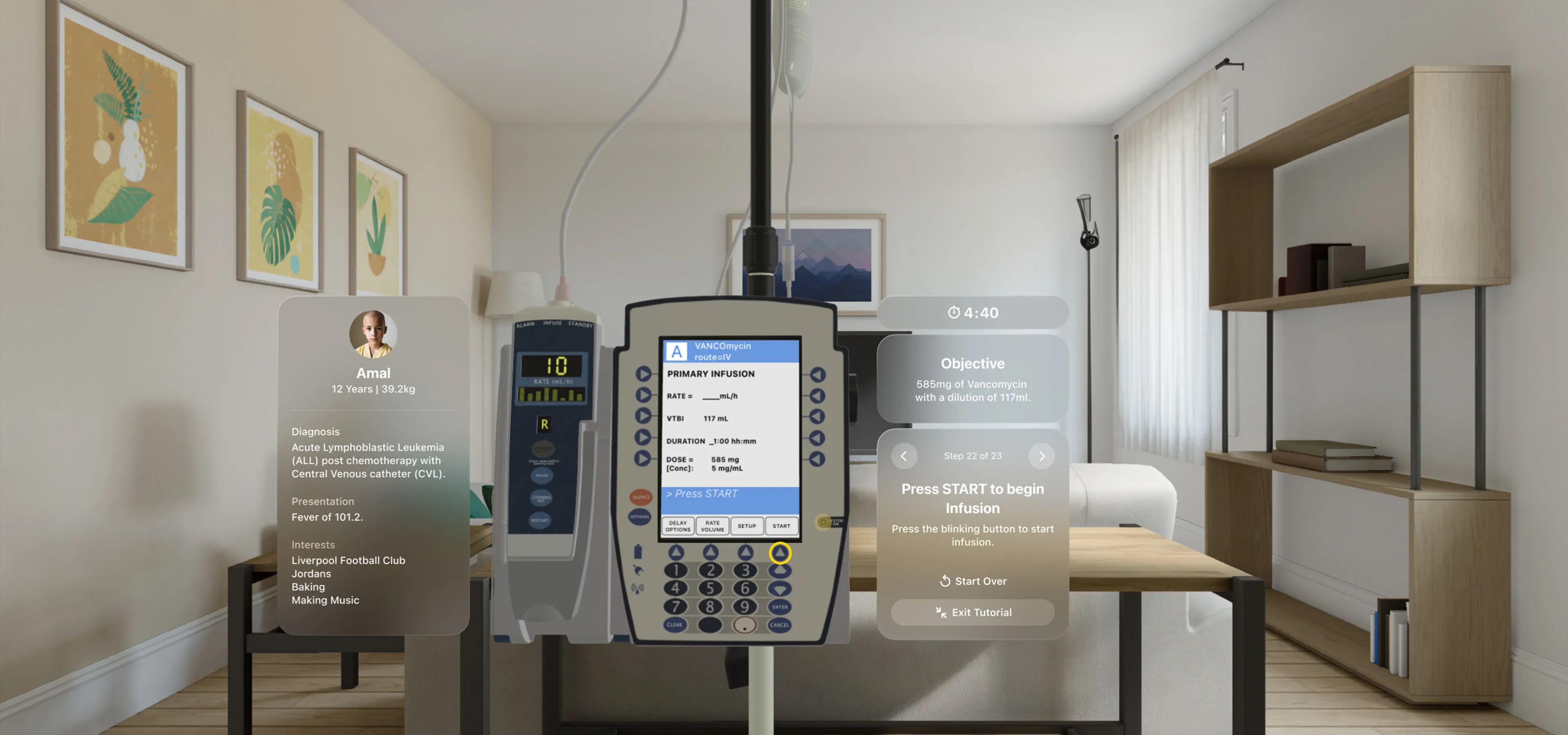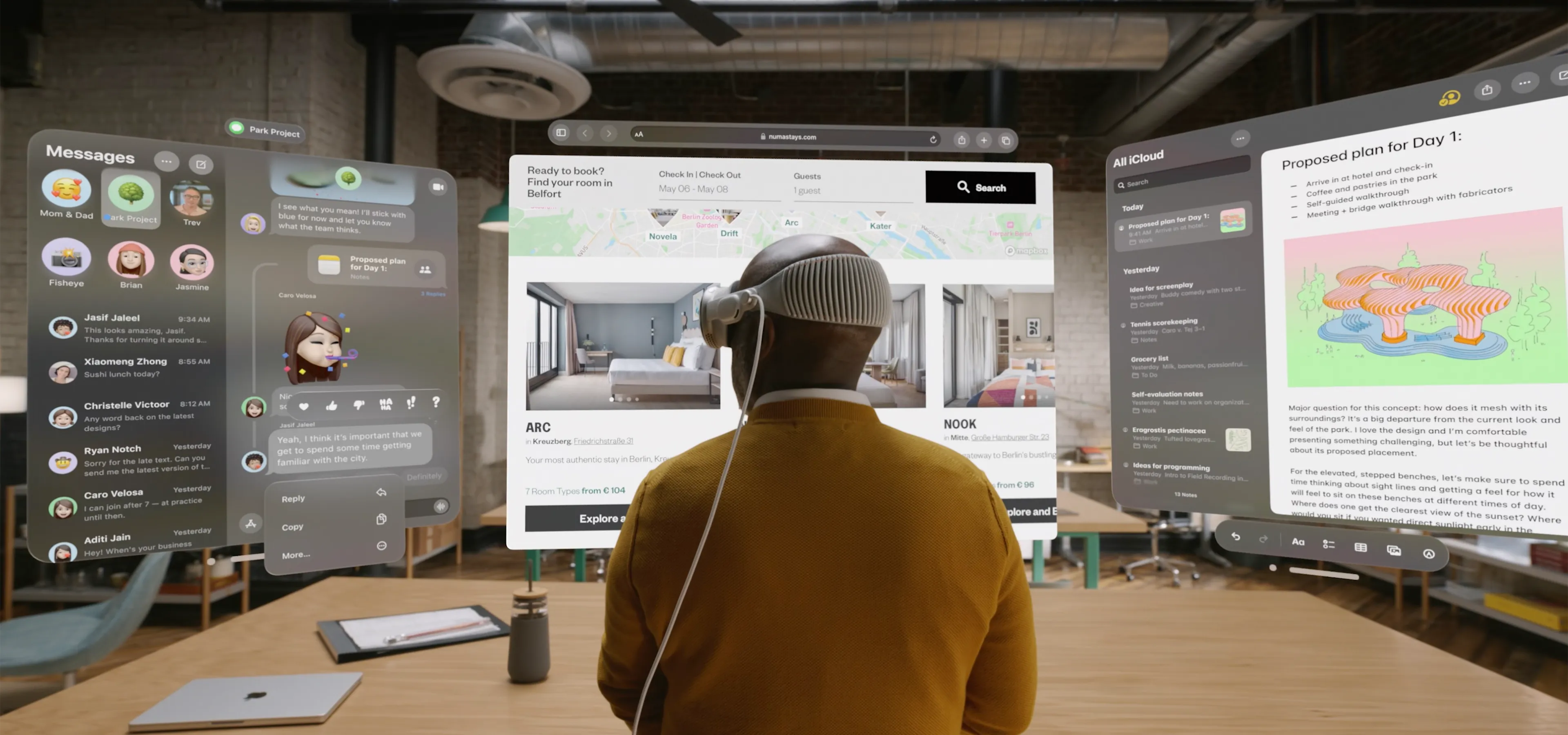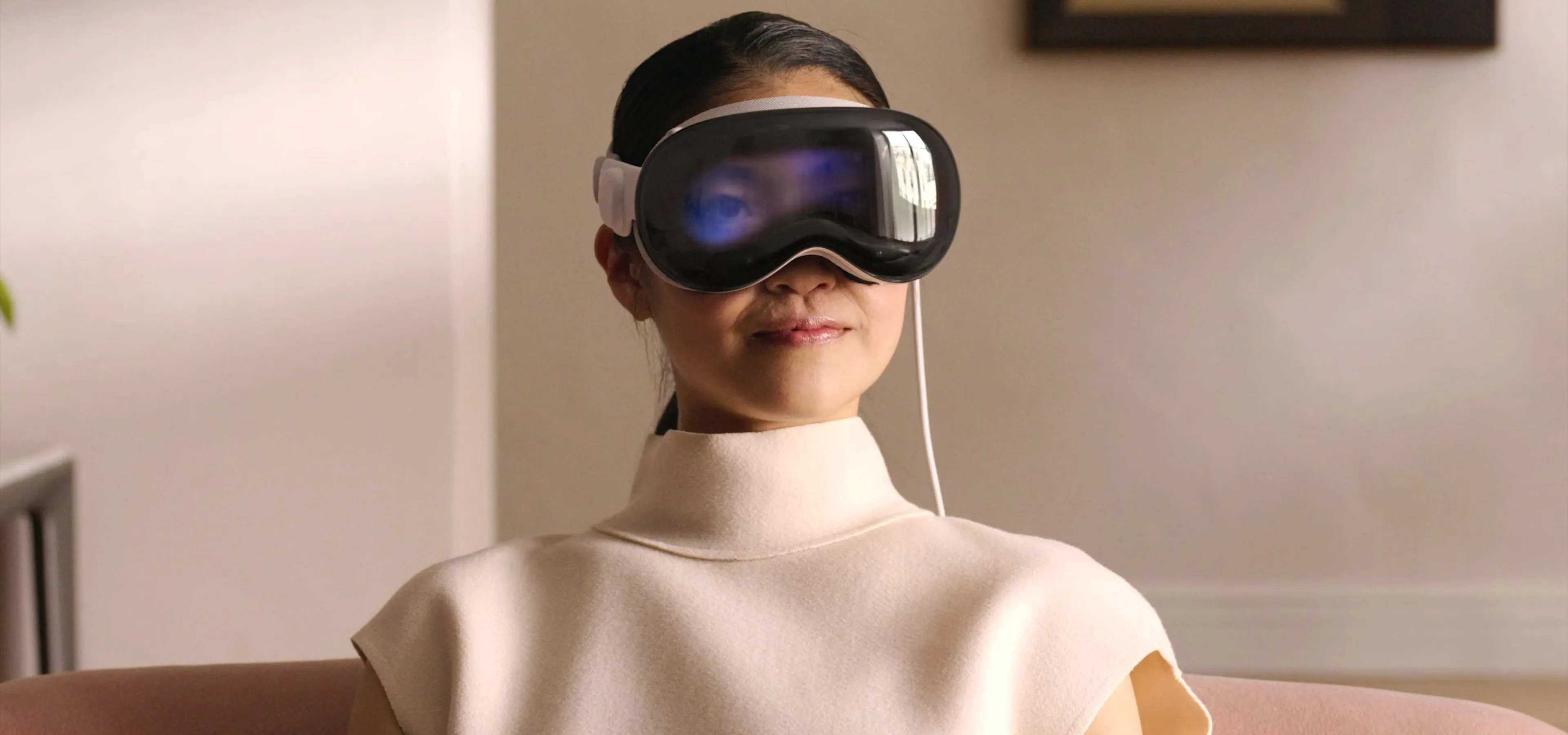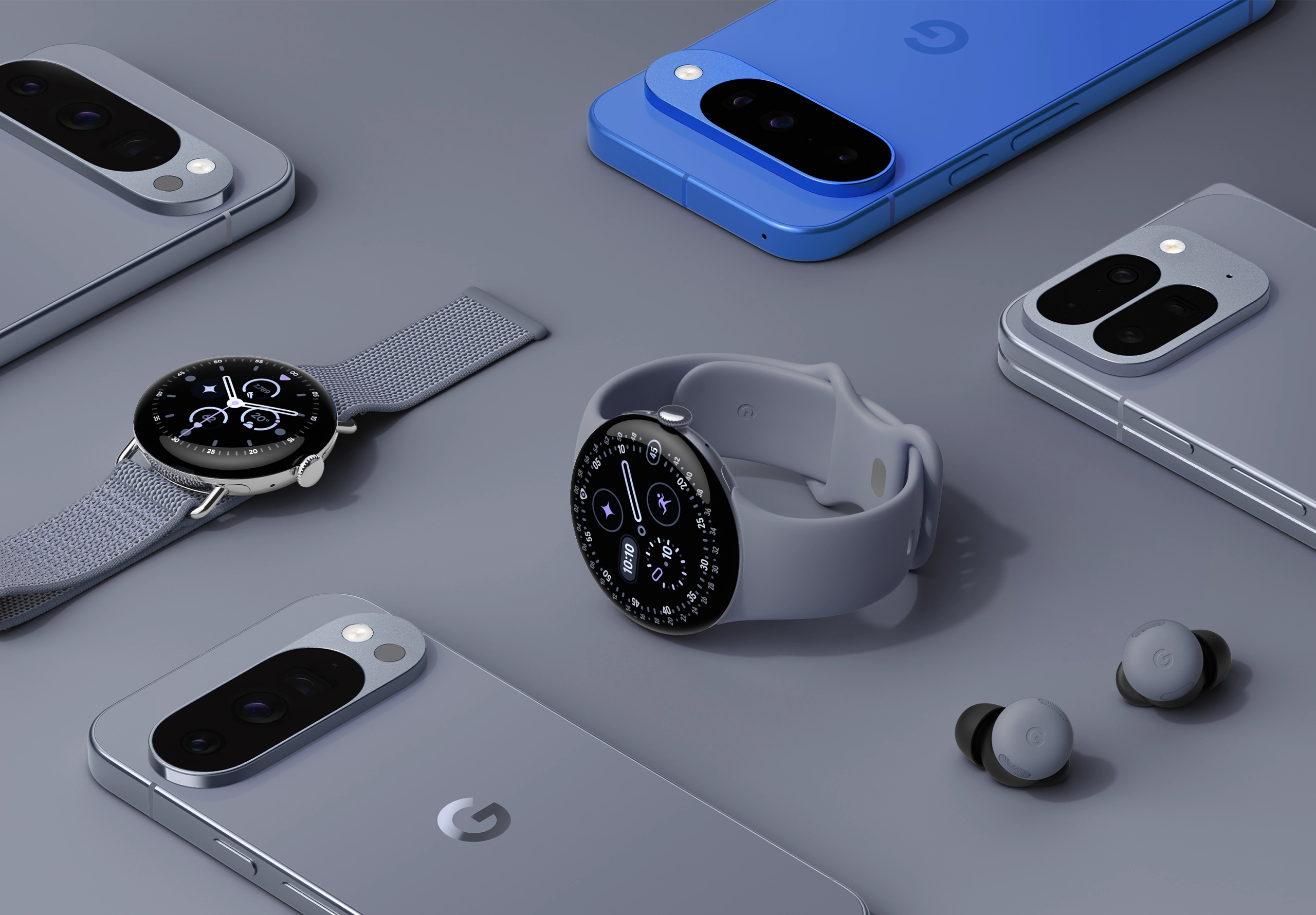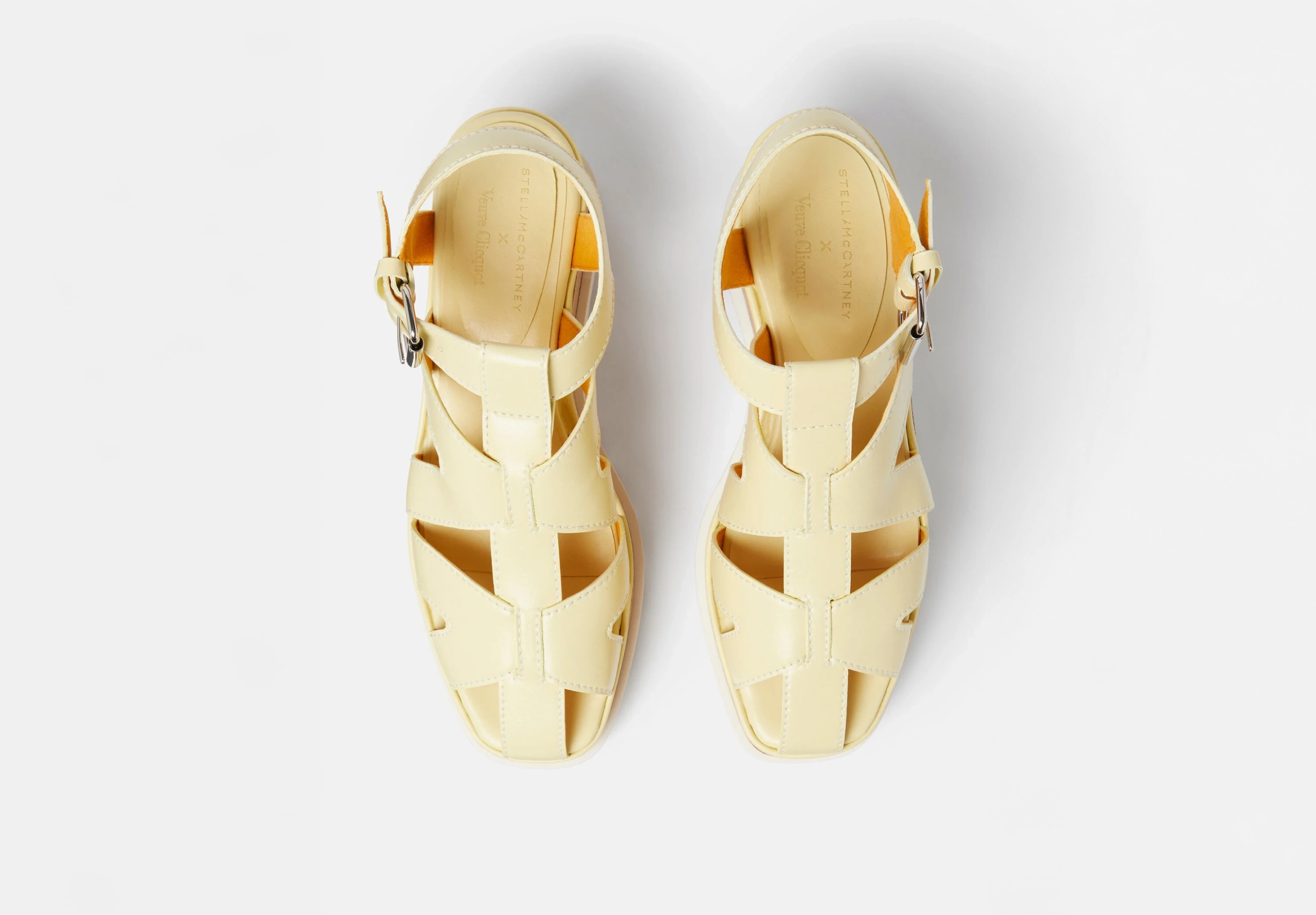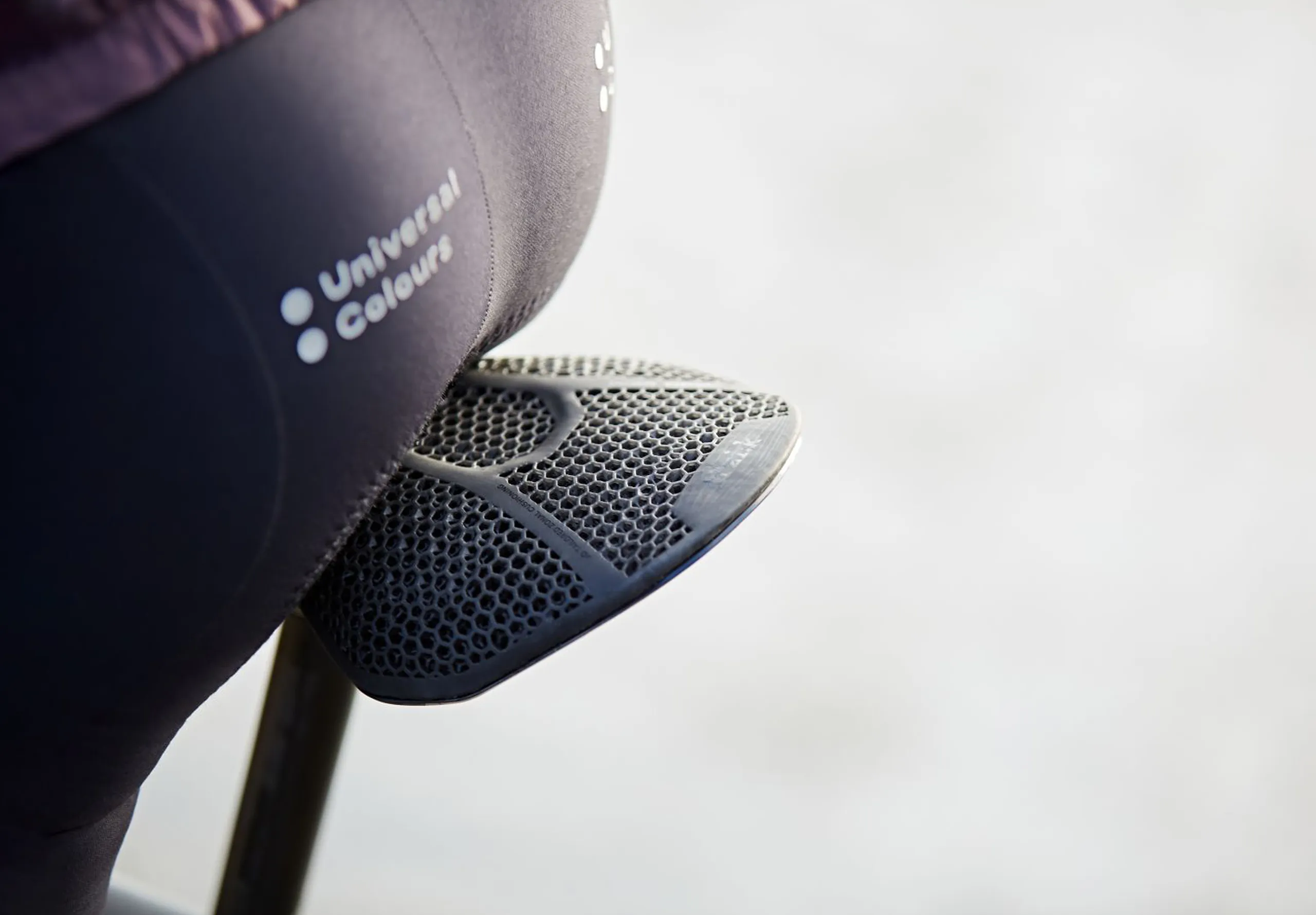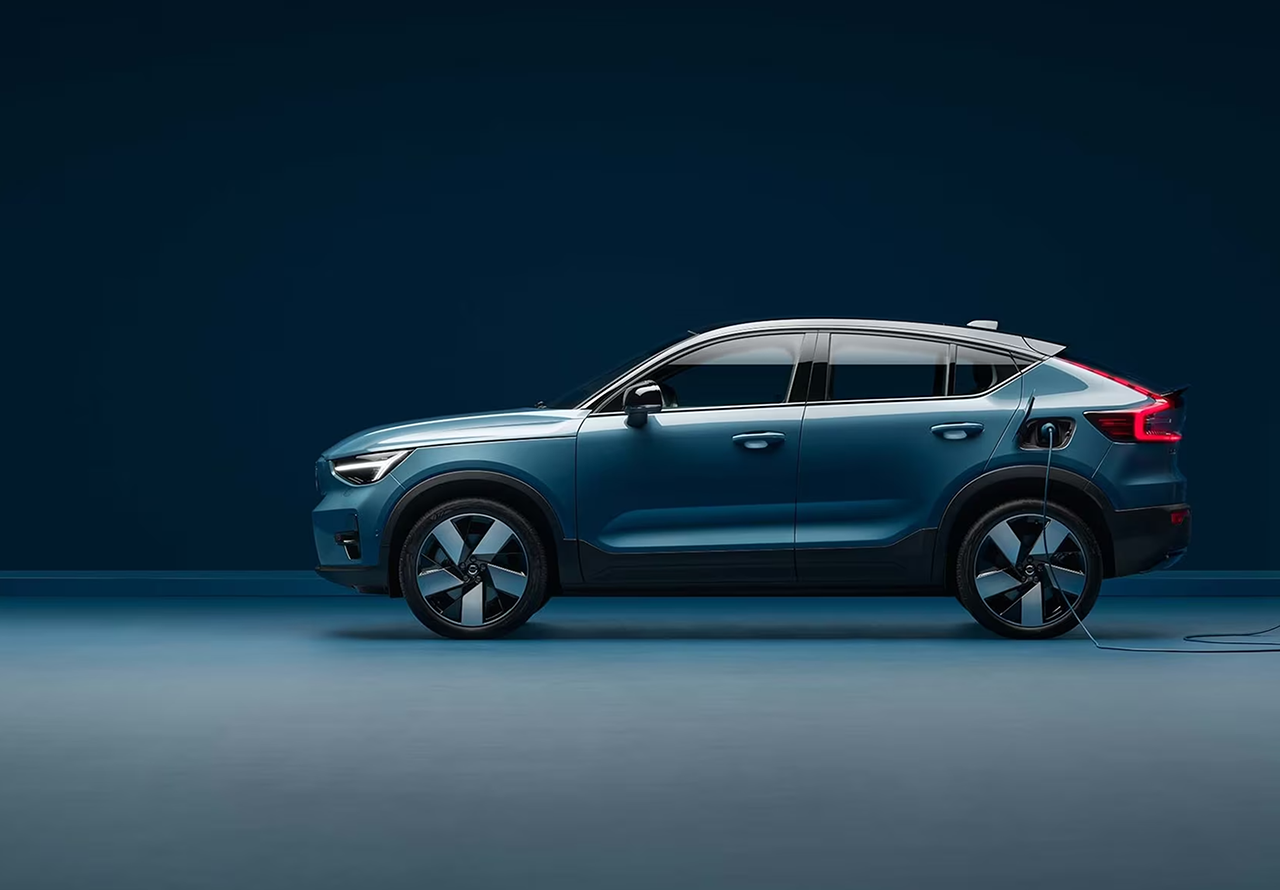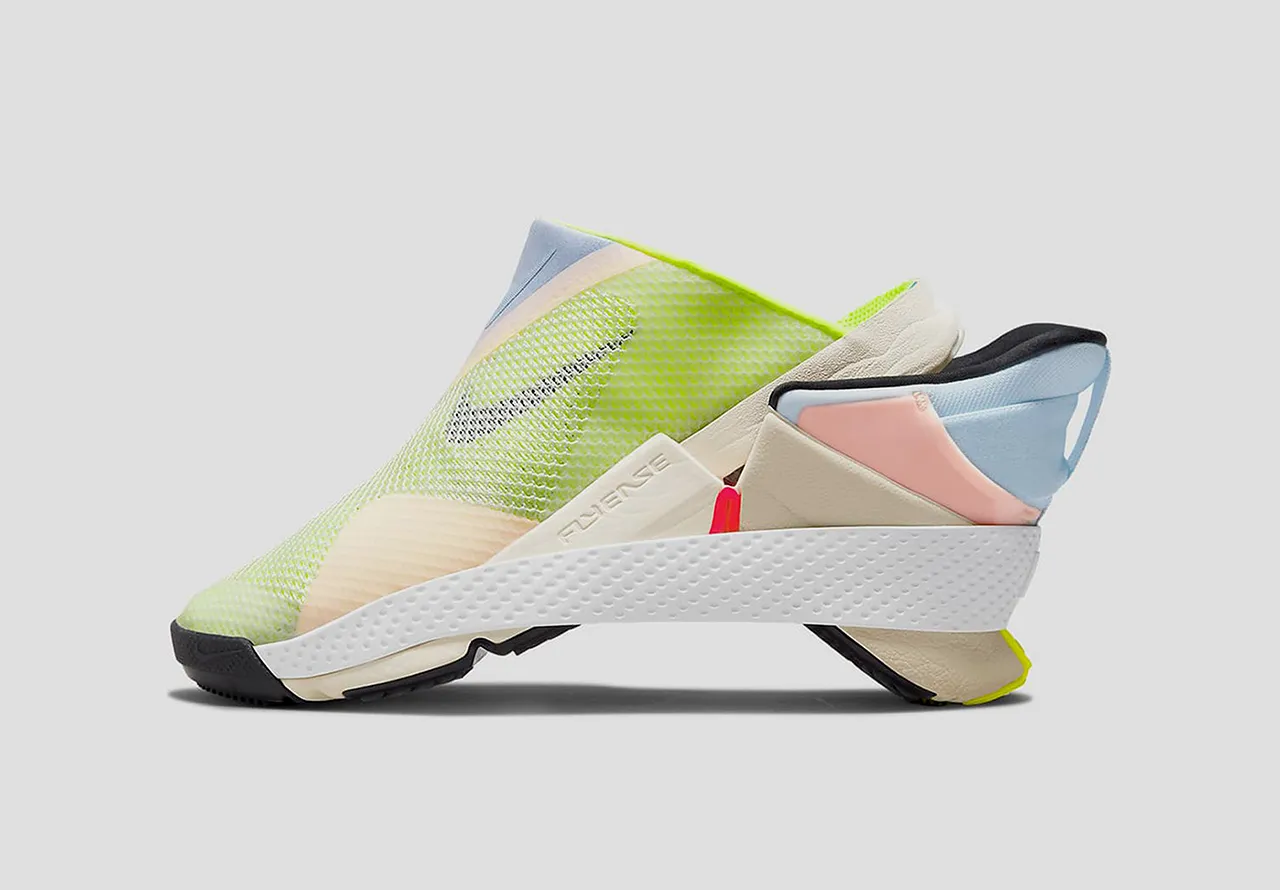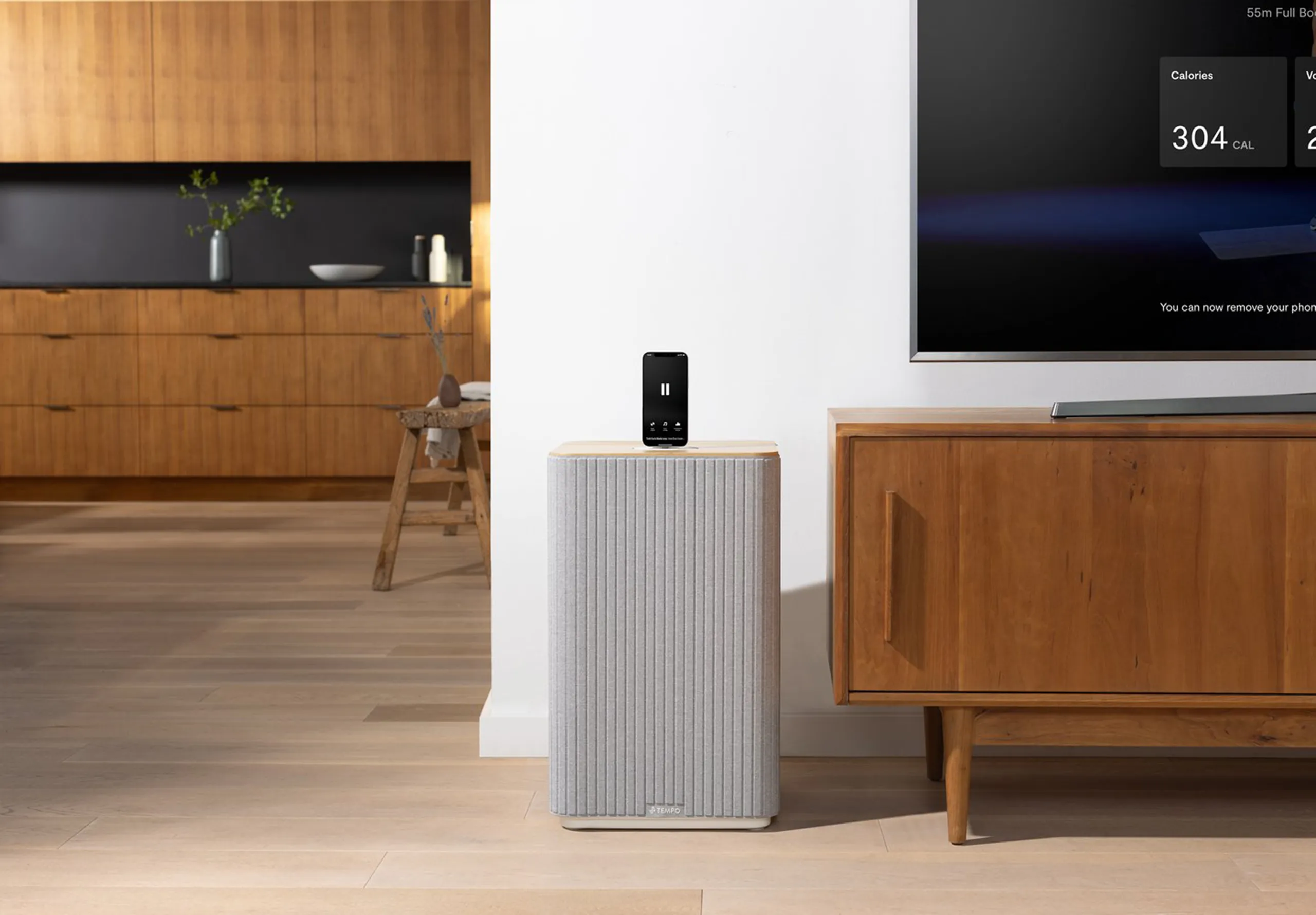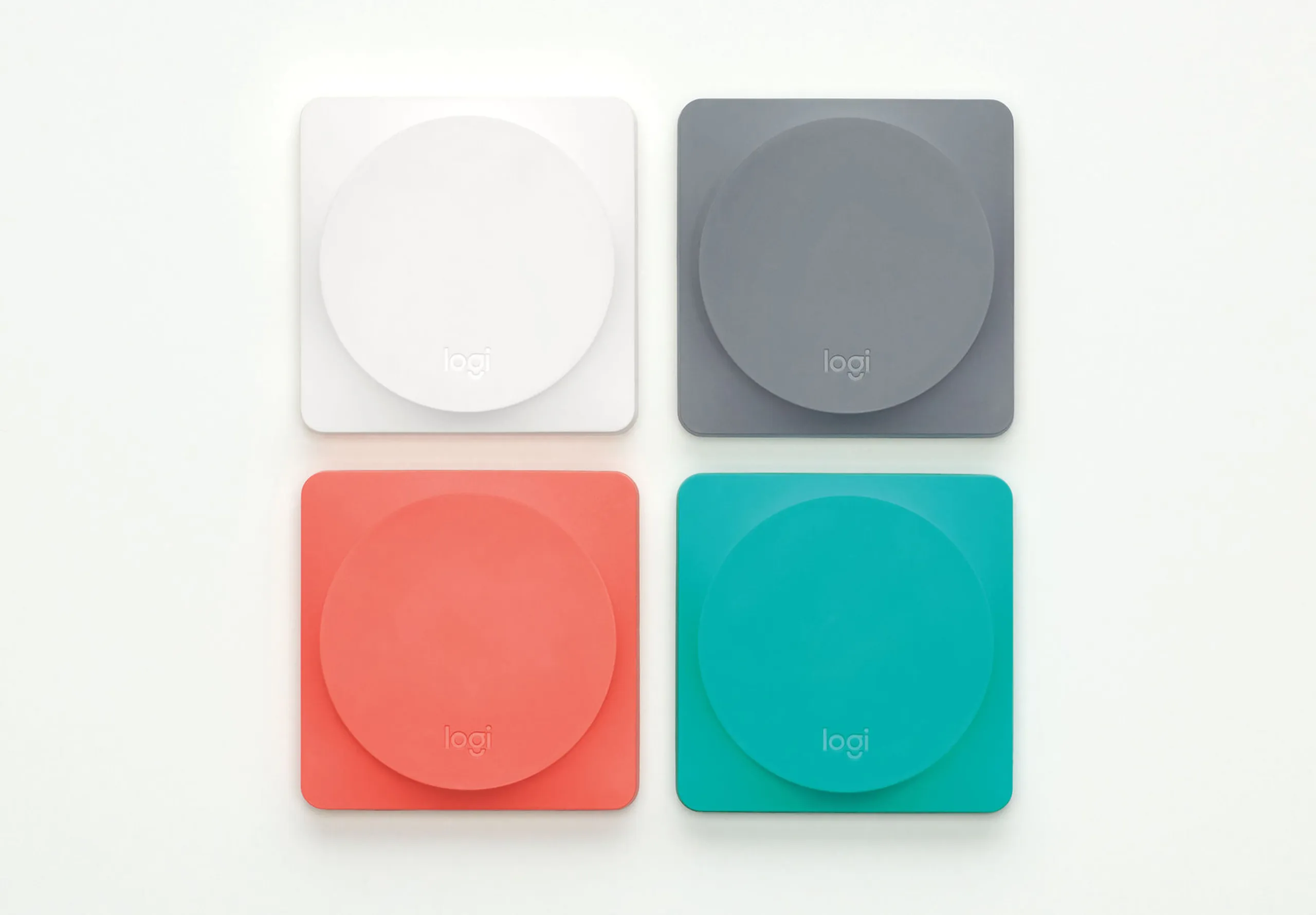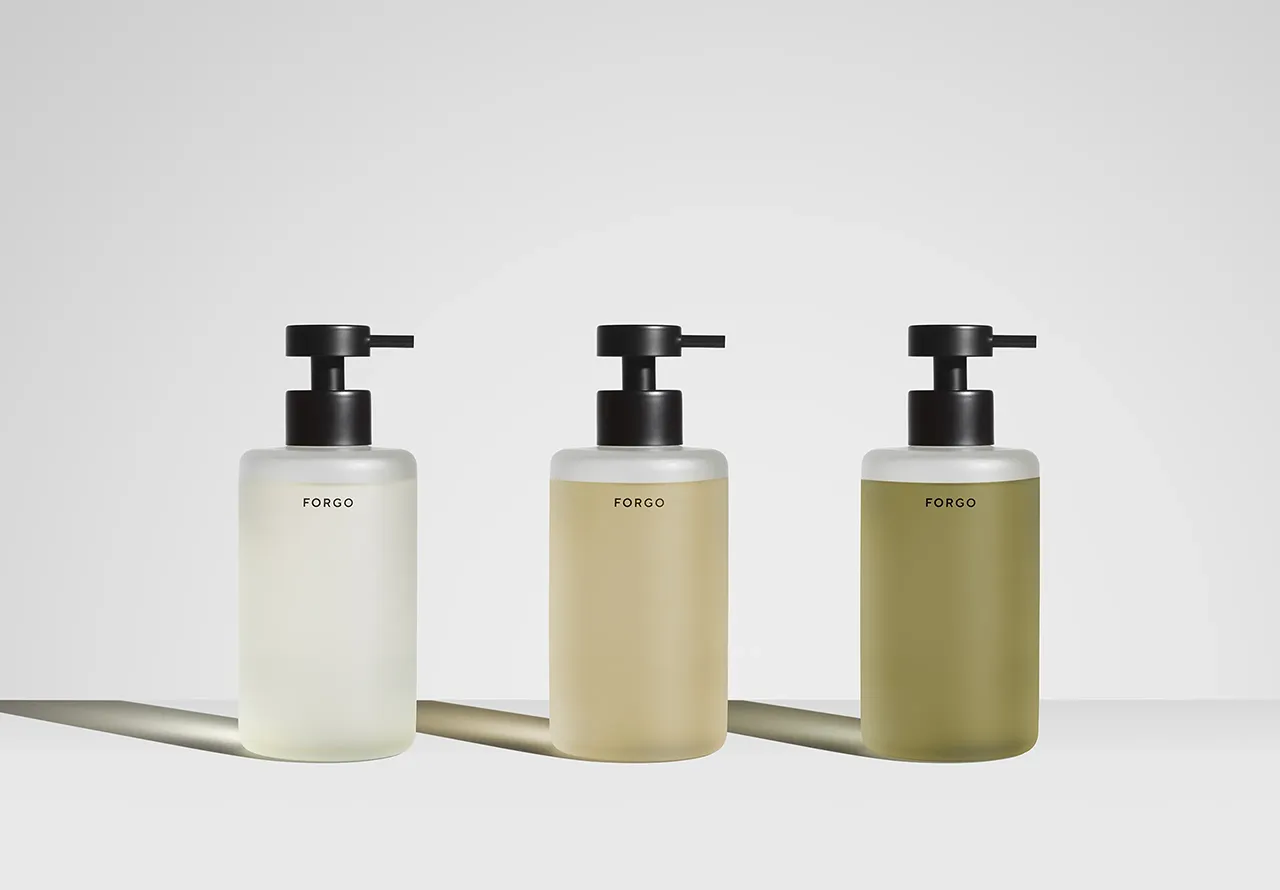A new frontier in customer engagement
Apple Vision Pro heralds a new era in mixed reality, merging virtual and physical worlds with unprecedented fluidity. Much like the App Store’s debut, Apple Vision creates a new platform brimming with possibilities.
As developers begin to harness its capabilities, the true potential of this technology is coming into focus.
In this piece, we cut through the hype to explore real-world applications of Apple’s mixed reality headset, shining a light on how brands can leverage this tech to elevate user experiences and raise the bar for customer engagement.
Short on time? Use these links
Immersive storytelling and content creation
At the heart of Apple Vision Pro is Apple Immersive Video, an exceptional storytelling tool that combines 3D video recorded in 8K with a 180-degree field of vision and spatial audio. This upgraded cinematic experience transports audiences into the action—whether it’s sitting court side at an NBA slam dunk contest, enjoying front-row seats at fashion shows, or encountering prehistoric creatures in their living room.
Alongside these captivating experiences, Apple is also heavily focused on equipping filmmakers and content creators with advanced software tools to produce cutting-edge, immersive media for Vision Pro. This initial launch is centred on empowering a group of ‘prosumers,’ who are poised to pick up the mantle and proliferate with new content.
Transforming retail and cultural experiences
Previously, we explored how brands could extend their presence beyond retail spaces and into customers’ homes through immersive technology. Apple Vision Pro’s object scanning and 3D model creation tools bring this concept to life, giving brands the ability to offer interactive experiences like Virtual try-ons and AR-enhanced product demonstrations.
Until now, AR shopping experiences have been hindered by clunky smartphone interfaces. Given a more seamless way to experience products beyond 2D images, most consumers would likely embrace the technology. Apple Vision Pro could provide this intuitive experience, making AR interactions feel natural. This could lead to more informed purchases, higher customer satisfaction, and fewer returns for brands, potentially reshaping the retail landscape.
Even beyond retail, the same technology can transform museums and tourism, potentially revolutionising everything from virtual vacations to the classic school field trip. Already, The Met is using AR to scan and digitise artefacts, bringing the museum experience into homes worldwide. For brands in education, tourism, and culture, Apple Vision Pro offers a chance to create interactive learning experiences that engage and inspire new audiences.
Expanding audiences through accessibility
Apple has been pioneering accessibility tools for their devices since the beginning, introducing innovative features like ‘Sticky Keys’, and later developing colour controls and text-to-speech capabilities, among others. But the Apple Vision Pro represents a true watershed moment for accessible technology.
This device brings functionality that allows users with disabilities across all impairment groups to engage more richly in digital experiences. Perhaps most excitingly, it enables them to interact with the ‘real world’ with significantly less friction, thanks to features like live captions and VoiceOver.
Apple has the platform and the potential to create truly transformative experiences for their users, a quarter of whom have a disability. For brands, this presents an incredible opportunity to reach underserved markets. As developers and brands take this platform and run with it, we’re likely to see innovative applications that make digital experiences more engaging and accessible for all users, regardless of their abilities.
Redefining remote collaboration
Given the meteoric rise of remote work and the technology that has fuelled this shift, you might expect to find a wealth of compelling workplace applications for Apple’s headset.
The truth is, this seems to be an aspect of the Vision Pro palette that is still ‘loading’. Outside of sleek video conferencing capabilities, a smattering of basic productivity apps and the inherent mobile office perks of wearable tech, Apple seems to be placing its bets elsewhere for now.
But let’s not write off its workplace potential just yet. Sneaking a peek at Meta’s forays into bringing our workspaces into VR – with their reimagined virtual meeting rooms and increasingly refined app integration – gives us a tantalising glimpse of what could be. When Apple does decide to fully flex its muscles in the realm of workplace functionality, we might just find ourselves actually looking forward to Monday mornings.
The future of health and wellbeing
Apple’s track record in health technology has been impressive, from helping nurses respond faster to alerts with iPhones to reducing NICU stays with iPads. Now, the Apple Vision Pro is opening up intriguing new avenues in healthcare.
While it’s still early days, this device shows promise in areas like surgical planning and medical education: surgeons can now interact with detailed 3D models of procedures, while medical students explore intricate anatomical structures with unprecedented clarity and depth.
For brands in the health and wellness sector, there’s a clear opportunity to innovate through immersive technology. Whether through personalised fitness programs, mental health support apps, or virtual healthcare services, Apple Vision Pro can empower users to take control of their own wellbeing.
A new era of mixed reality
At its core, Apple Vision Pro is about bringing people closer – to ideas, experiences, and each other. Ultimately, we’re only glimpsing the tip of the iceberg, but if Apple can break through in this historically challenging category (and the early indications are promising) we may see a shift in how brand loyalty is built and maintained.
It won’t just be about the product anymore, but about the entire ecosystem of experiences a brand can offer through this new medium.
As this technology evolves, brands that embrace its potential will find themselves leading a new frontier in customer engagement.
